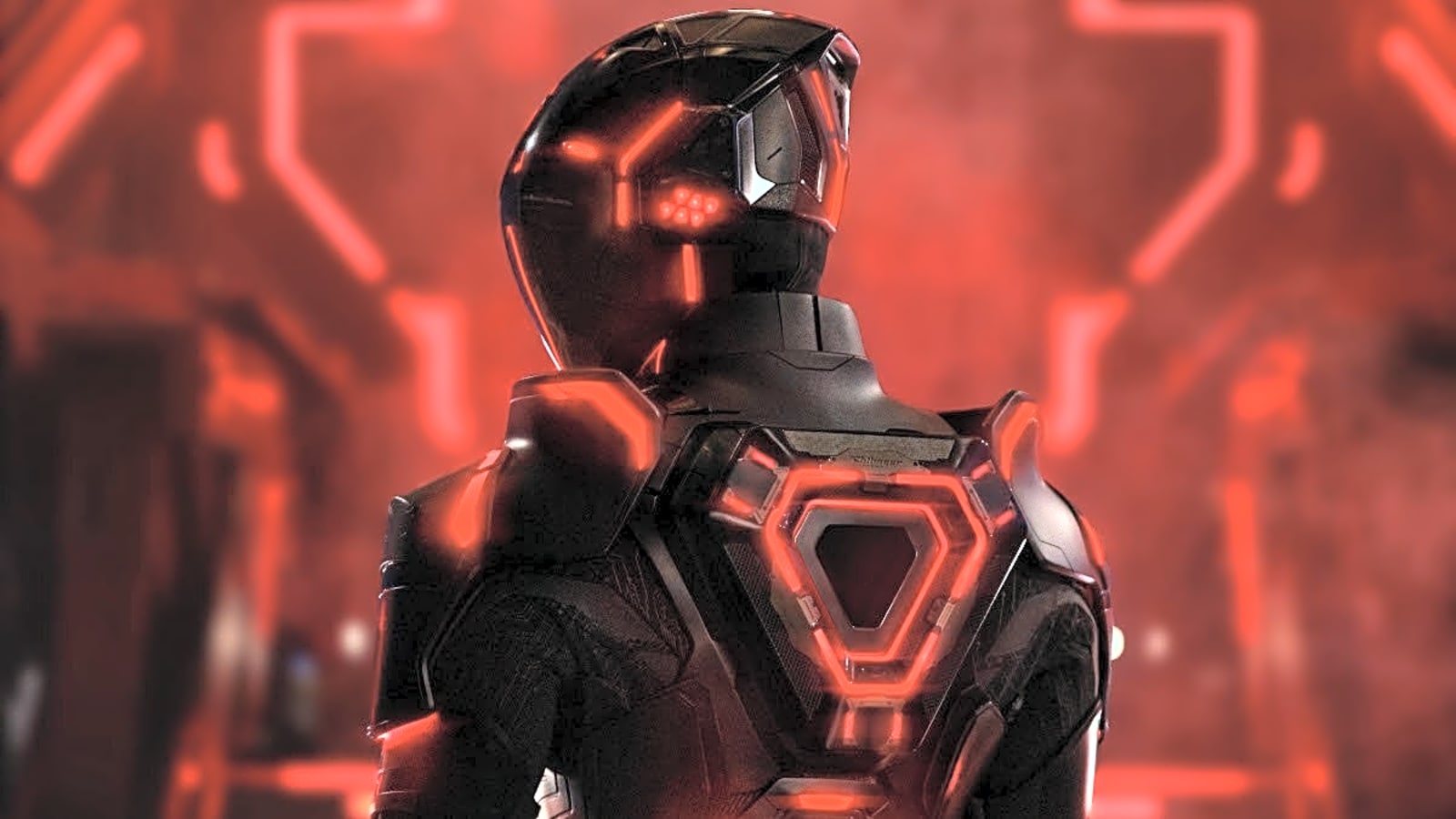
This post contains major spoilers for Tron: Ares. If you want to avoid them go see the movie first and then come back and power up this post.

Eve Kim, Julian Dillinger, and his super soldier computer program all wanted the same thing in Tron: Ares. They all wanted Kevin Flynn’s lost permanence code. What exactly was it and why was it so important? Why did Flynn’s own digital copy say he originally misnamed it? And did its existence conflict with anything we saw in the franchise’s first two films? Here’s everything you need to know about the permanence code along with all of the questions we still have about it.
What Is Tron: Ares Permanence Code?
The permanence code was a line of code Kevin Flynn wrote in the ’80s. He then hid it off grid in a private file. He wrote his code as a double helix reminiscent of DNA. That allowed him to split it in two, making it even harder to find. Only by locating both halves and and piecing it back together could someone use it.
The permanence code gave digital creations the programming needed to survive in the real world. Without it both digital machines and artificial intelligence systems, like Ares and Athena, brought to life in reality would succumb to deresolution after 29 minutes. Once AI programs “derezzed,” they manifested back in their virtual world on the grid.
Why Did ENCOM and Dillinger Systems Both Want the Permanence Code in Tron: Ares?

ENCOM and Dillinger Systems were in a race to reshape the world. Both tech companies had learned how to use digitizing lasers to make their virtual creations a reality. But neither could make any of them last more than 29 minutes. To avoid deresolution they needed Flynn’s permanence code. Julian Dillinger wanted it to fulfill his promises to the military and shareholders. He was focused on creating super soldiers and super weapons. Eve Kim wanted the permanence code to make life better for mankind. She was focused on making food and curing illness and disease. Her dreams echoed the same ones Kevin Flynn had before he vanished in 1989.
The person who held the permanence code also hel the future of both the real world and the virtual world of the grid in their hands.
What Does Permanence Mean in Tron: Ares and Why Did Flynn Say He Misnamed It?
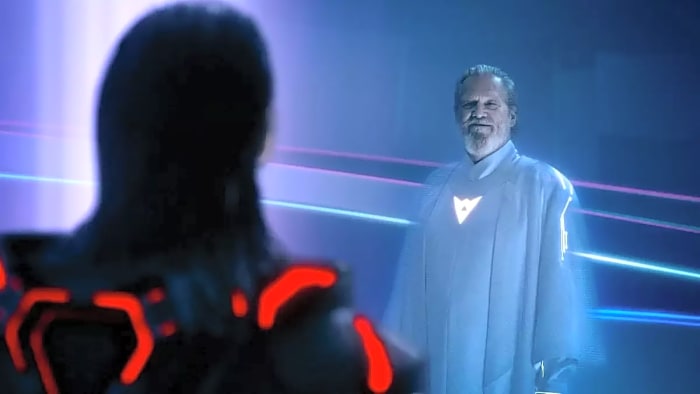
Flynn’s permanence code made it possible for a digital creation to exist in reality forever. But when Ares met with his digital double in the ’80s virtual world, the replica Flynn said he had come to realize he misnamed his powerful code. He said he should have called it the “impermanence code.” That’s because even though that single line allowed a computer creation to live in the real world, it also made them mortal. When Athena learned that Ares had upgraded himself with the permanence code, she said she would kill him and then return after she derezzed. Without the permanence code, Ares would always regenerate on the grid. With it, that became impossible. It made it possible for him to truly die.
But just because he can die doesn’t mean he’s mortal like a human.
Is Ares Immortal Now that He Has Permanance? Can Ares Die After Getting the Permanence Code?
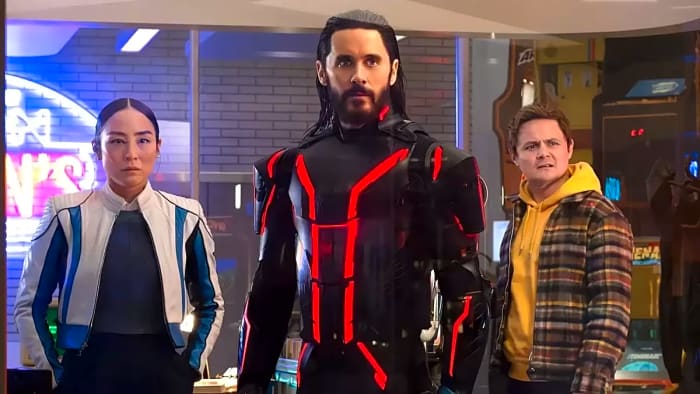
Ares did not lose any of his super soldier skills after gaining permanence. If that additional line of code had made him entirely human, he would not have been able to defeat Athena and the other digital soldiers. No person could stand up to them. So while he can die, as confirmed by both Flynn and Athena, he does appear to be immortal like the way elves of Middle-earth are immortal yet can die.
Will Ares Age or Breakdown Over Time?
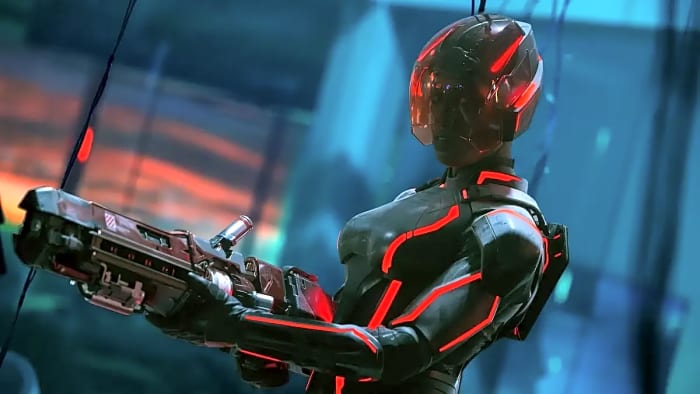
Ares is seemingly ageless, but there’s no way to know exactly what will happen to a computer program made real. What will happen to him without upgrades? What happens if he gets injured? How can you heal a computer program made flesh?
And what will happen to Ares as the world around him continues to expand its technological prowess? Old computer programs don’t run as well when hardware improves. Will he need to go back into the grid to deal with any issues? That’s if he can…
Can Ares Go Back Into the Grid Now That He Has Permanence?

Kevin Flynn was a human who went back and forth between the real world and the grid. Ares and Athena also moved between both realms multiple times. Permanence wouldn’t seem to pose any obvious issues that would prevent Ares from going digital again. But there’s no guarantee he can do so without problems, either. Ares is a one-of-one, the only computer program we know of to ever gain the permanence code. There’s no way for anyone to know what will happen to him if he gets digitized again and the film didn’t give us any clues.
While Ares is wholly unique, he’s not the first digital creation living in the real world permanently, though. But Tron: Ares permanence doesn’t conflict with anything we saw in Tron: Legacy.
Does Tron: Ares‘ Permanence Code Retcon Tron: Legacy‘s Quorra?
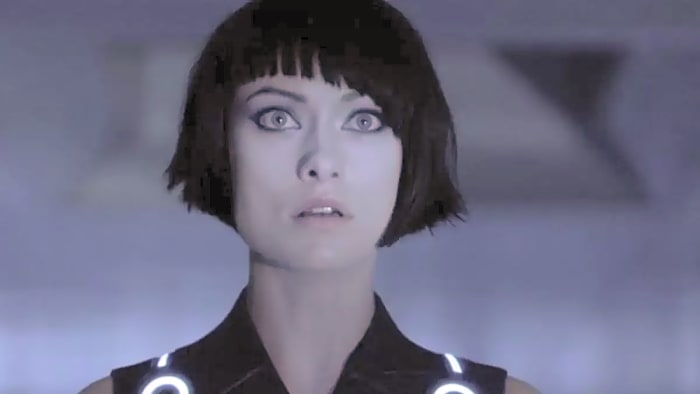
Kevin Flynn wrote his permanence code in the ’80s before he got trapped in his own grid. The Flynn that Ares met was not the actual Kevin (who may or may not be dead). Ares met a digital copy of Flynn that exists on a system Flynn built in the ’80s, which is why it had the same special effects of the computer world seen in the original 1982 movie.
Flynn wrote his permanence code in case it ever became possible to bring his digital creations into the real world. But in the failed utopia he tried to build with Clu in Tron: Legacy, a “miracle” happened. A race of digital beings known as ISOs (Isomorphic Algorithms) simply came into existence on their own. They formed from nowhere, without a User creating them. Here’s how Kevin explained the “spectacular” lifeforms known as ISOs to his son Sam:
They manifested…like a flame. They weren’t really from anywhere. The conditions were right and they came into being. For centuries, we’ve dreamed of gods, spirits, aliens; an intelligence far beyond our own. I found them in here. Like flowers in a wasteland. Profoundly naive. Unimaginably wise.
Kevin Flynn thought ISOs might do everything Eve Kim ultimately accomplished with the permanence code. He believed their “root code, their digital DNA” could be the answers to everything. Flynn thought ISOs might solved the problems of disease, history, science, and philosophy. “Every idea man has ever had about the universe up for grabs! Bio-digital jazz, man,” he said about his would-be “gift to the world.”
Only Clu killed every ISO except for Quorra. Flynn saved her. She then ended Tron: Legacy by going to the real world with Sam. That was only possible because they used Kevin Flynn’s Identity Disc, a one-of-a-kind, powerful item that made travel back to reality possible. (Which is why Clu was desperate to get it.)
Quorra did not derezz after 29 minutes. She was fine in the real world long after getting there. Tron: Ares showed she is still there. We saw Ares holding a picture of Quorra and Sam (who we heard resigned as CEO of ENCOM for “personal reasons”). It showed the last ISO is not only still alive—as Sam was clearly older in the photo—but that her fellow digital creation knows about her.

Kevin Flynn didn’t understand the digital DNA of ISOs because no User wrote that program. Like Quorra’s very existence, the specifics of her permanence is a mystery. It’s also impossible to replicate ISOs. Her code is entirely different from the code that made it possible for Ares to live in the real world. His story did not change hers. But the future of both their tales are now tied together.
They have a lot to teach each other. They also have a lot in common, including a new common enemy in Julian Dillinger. His quest for the permanence code didn’t bring him fame and fortune. It brought him to the grid to become the new Sark. And since he showed he was already as evil as the old Sark, he’ll have no problem hunting down two programs that serve as living reminders of his own failures.
More must-reads:
Breaking News
Trending in Entertainment
Customize Your Newsletter
 +
+
Get the latest news and rumors, customized to your favorite sports and teams. Emailed daily. Always free!








